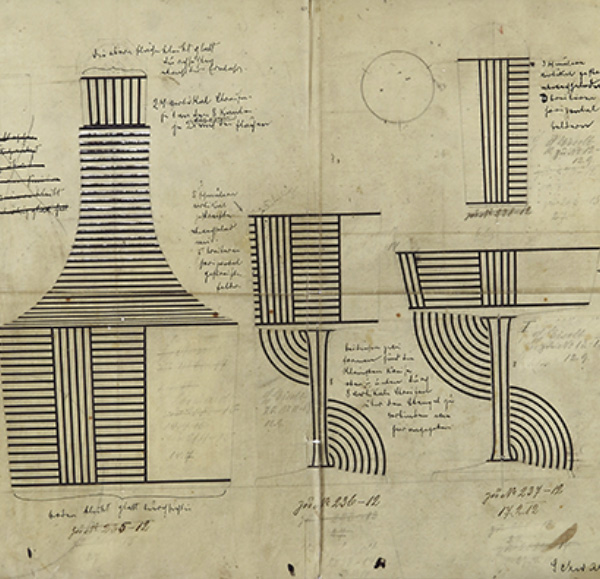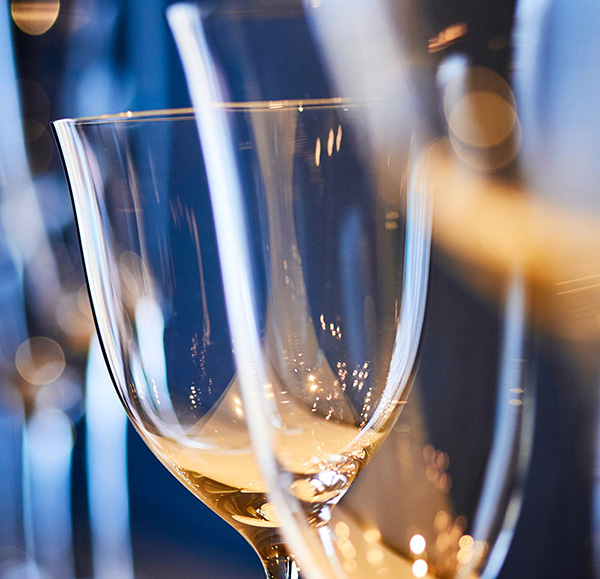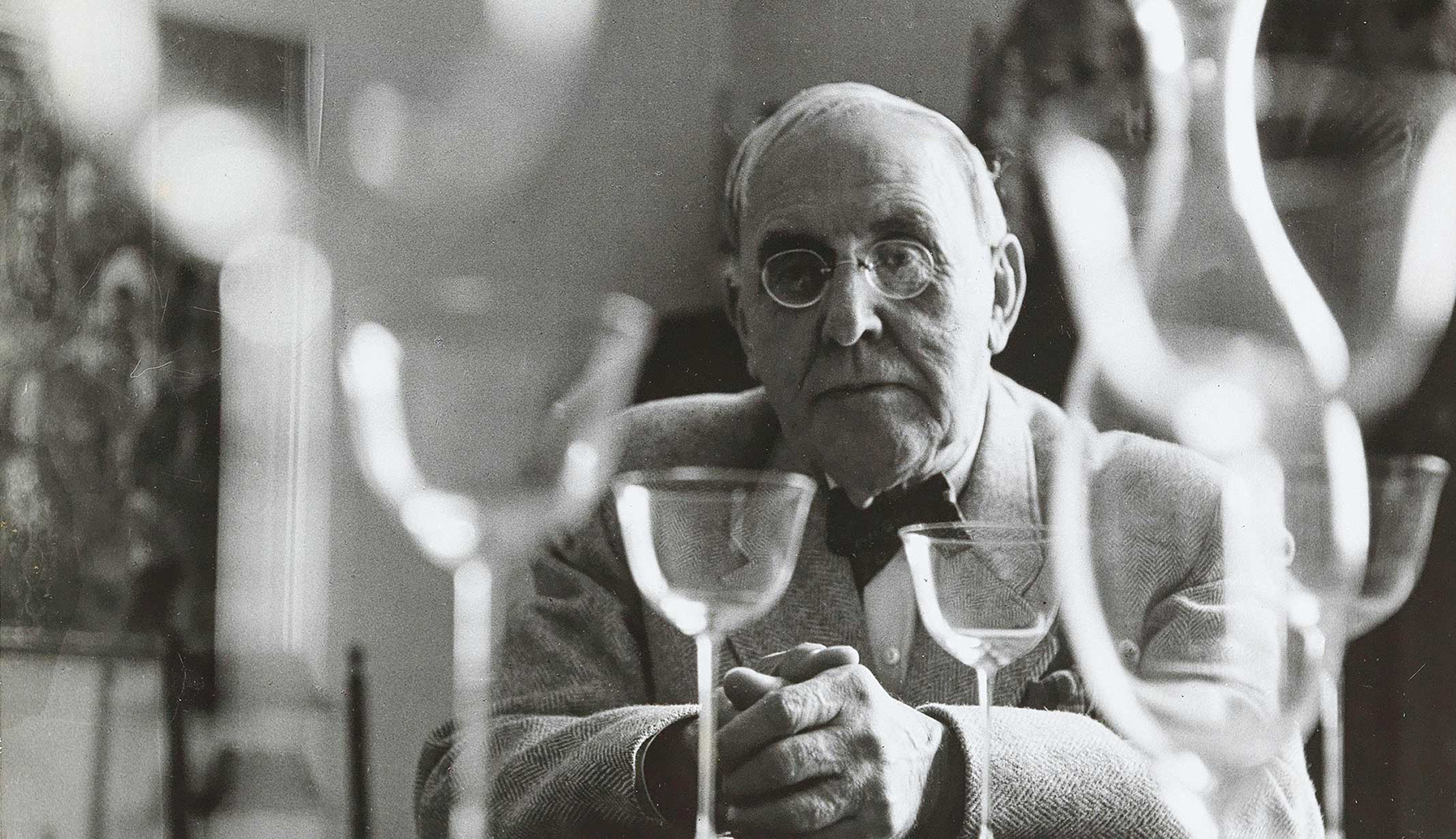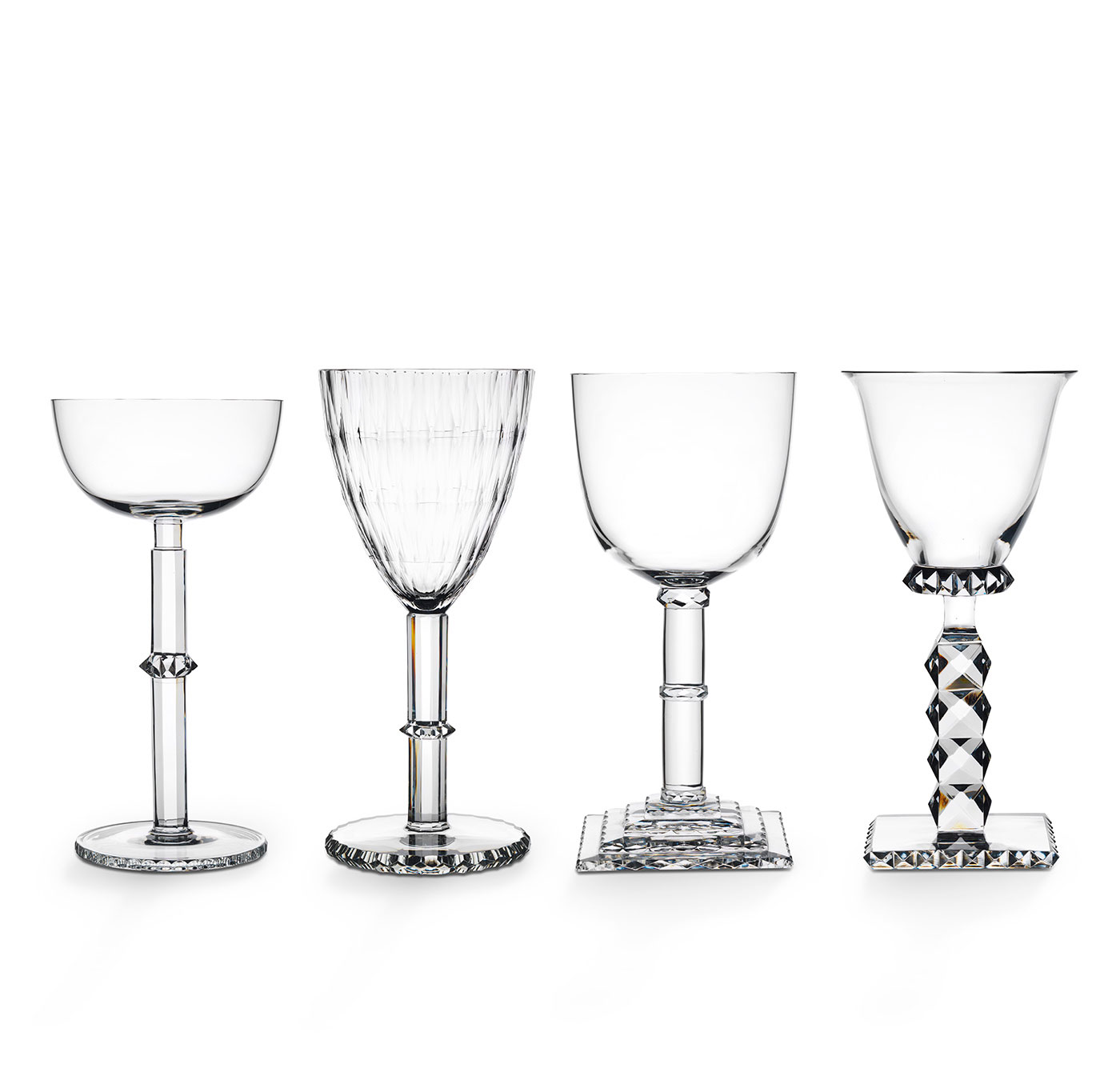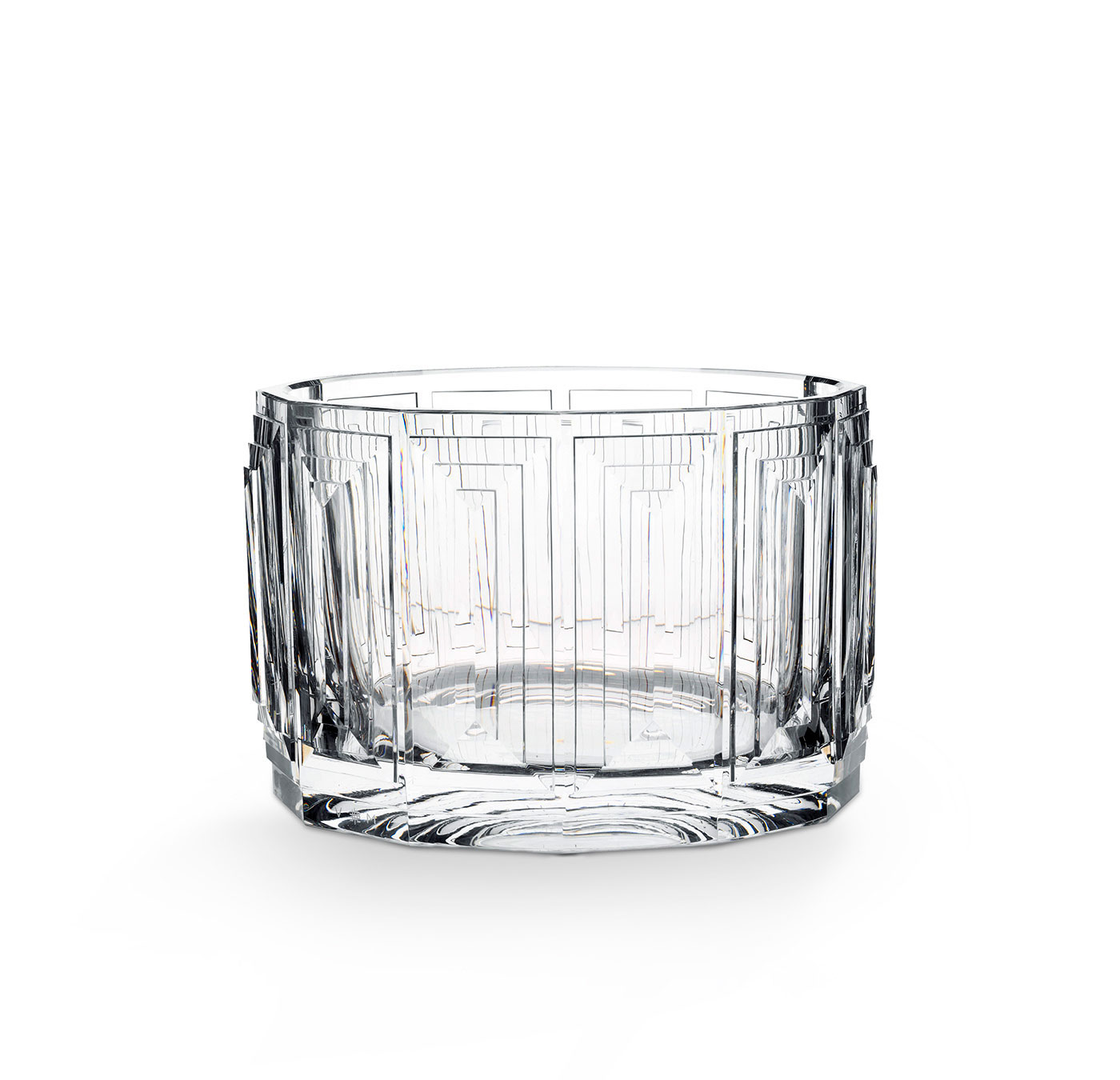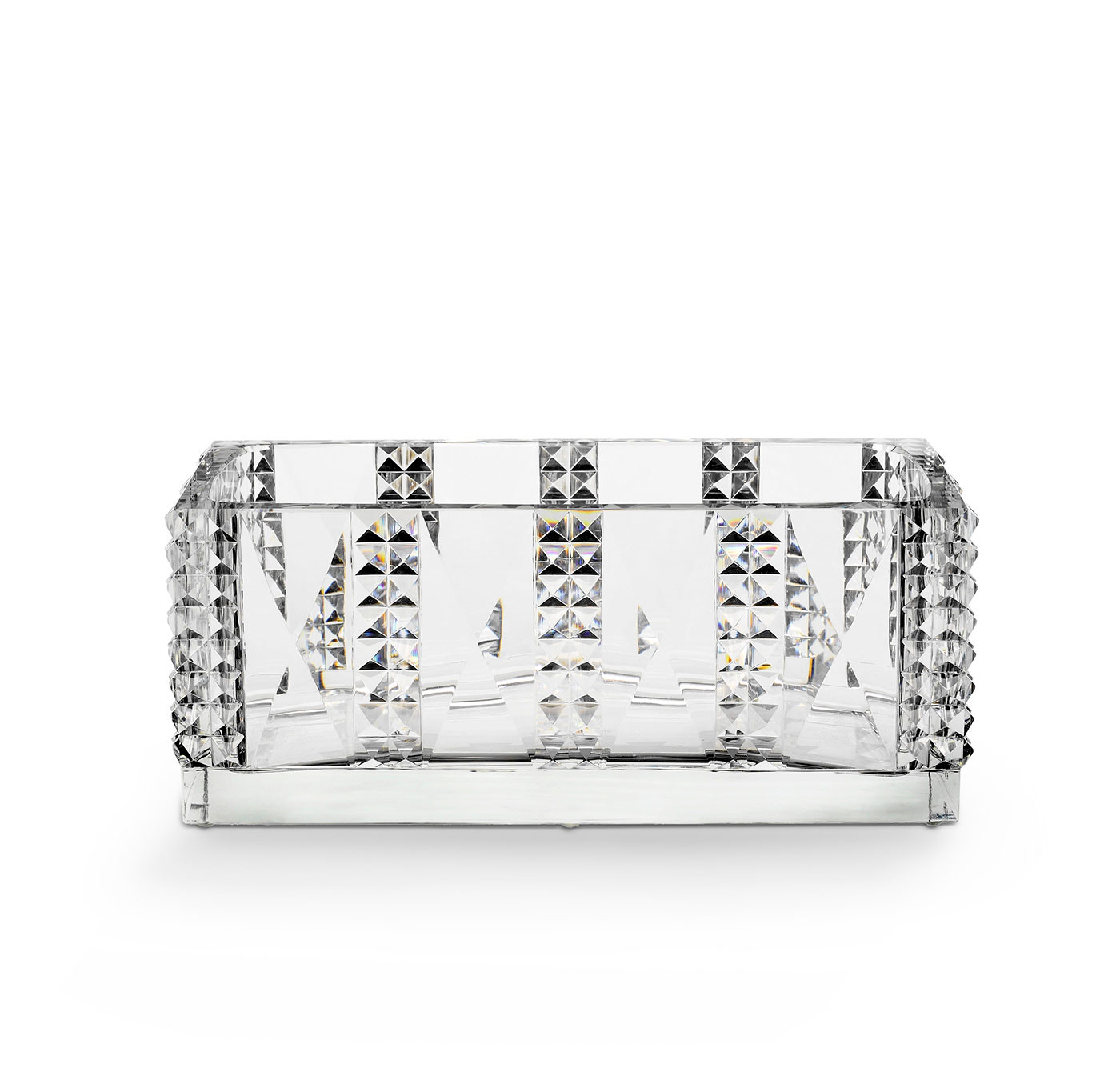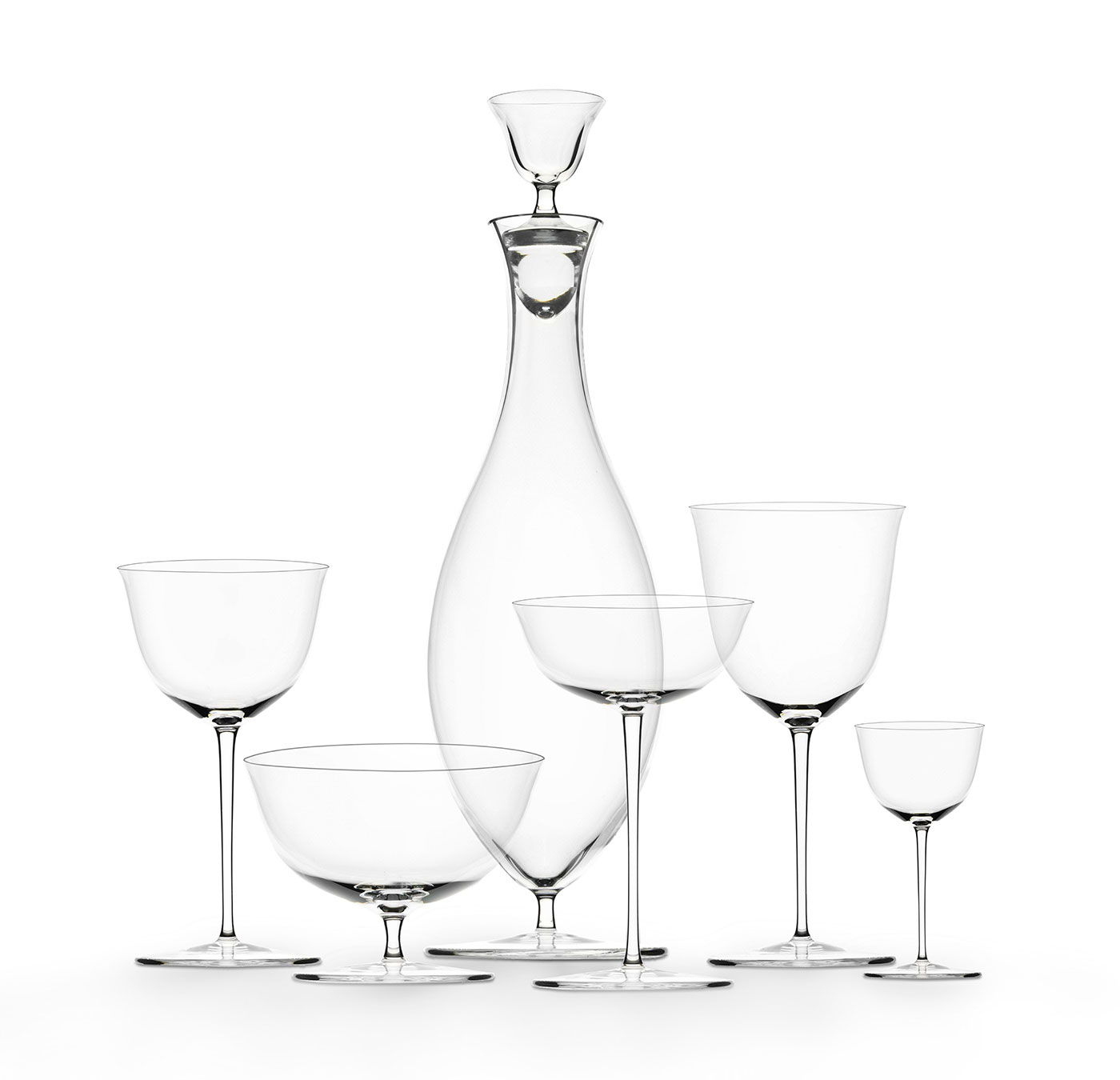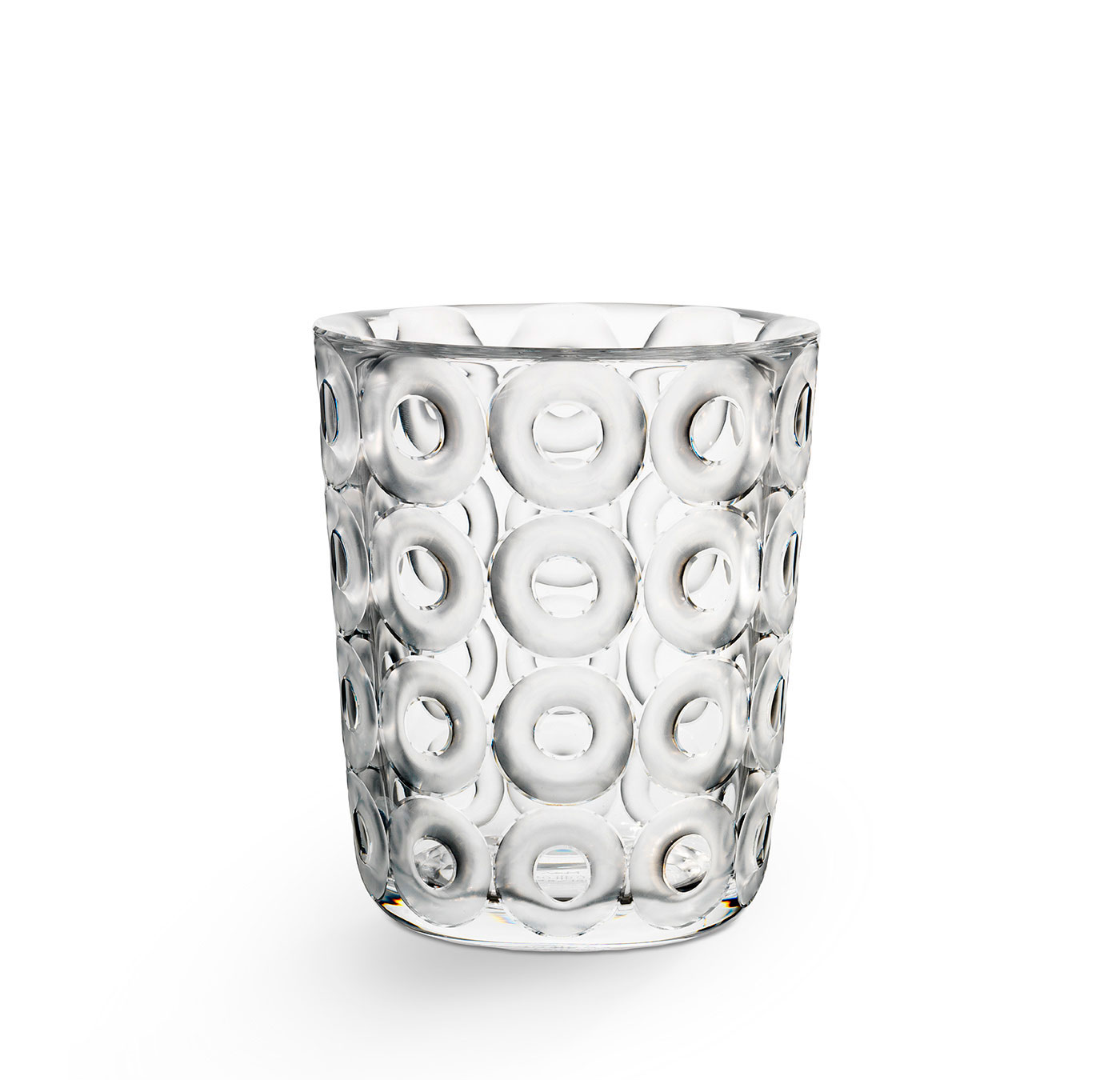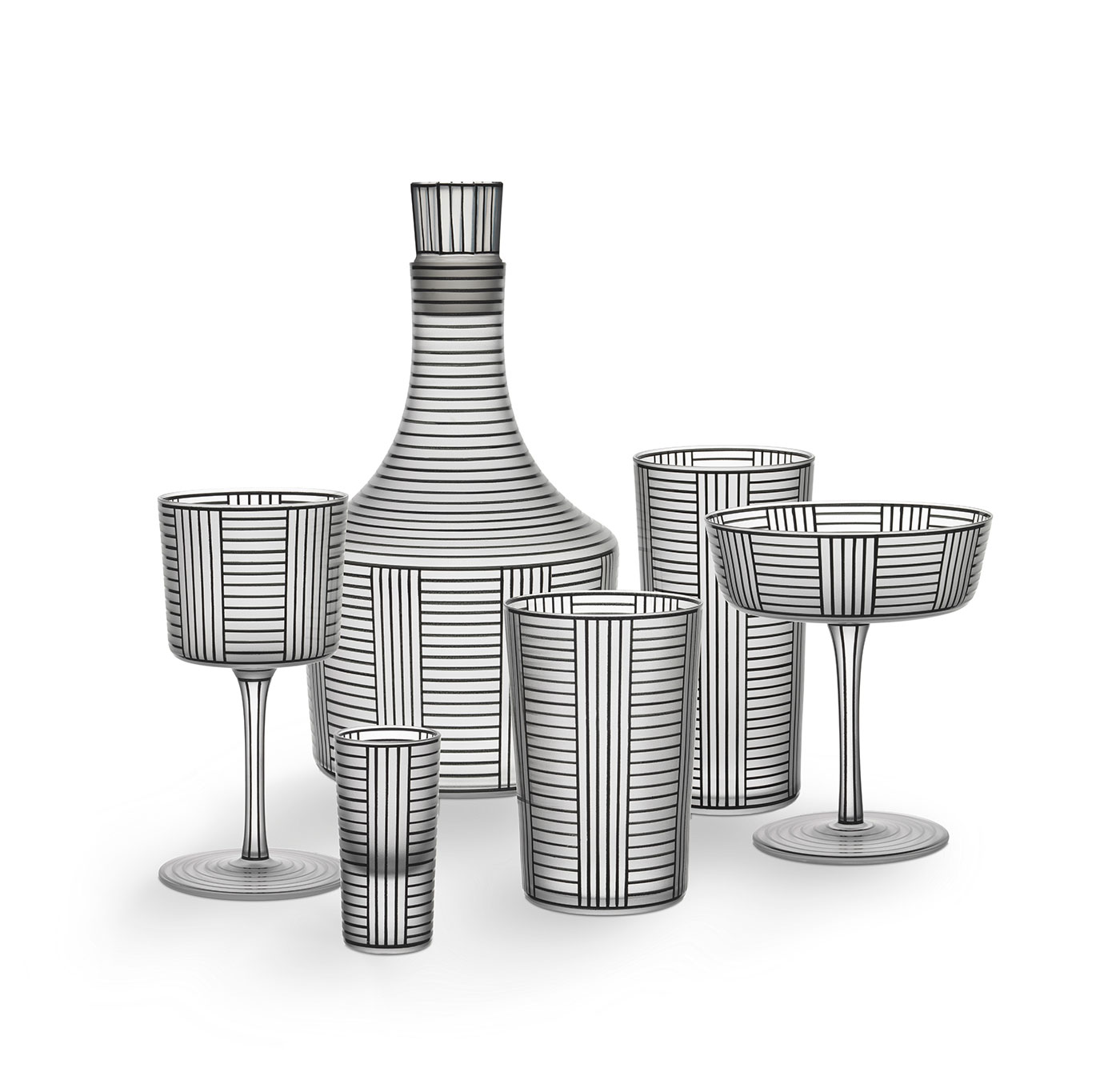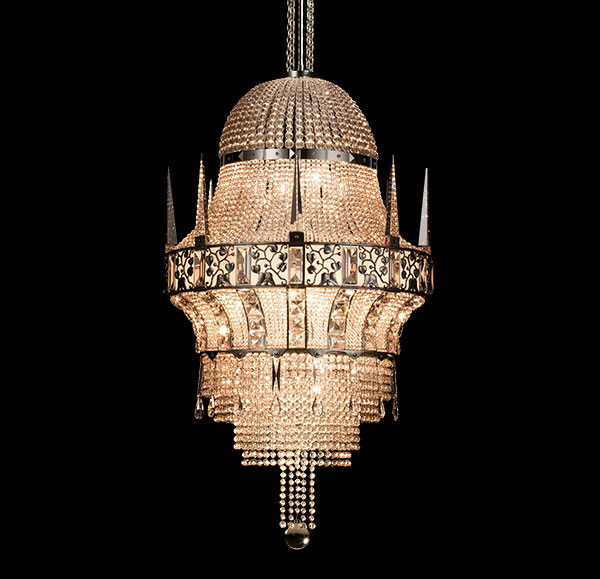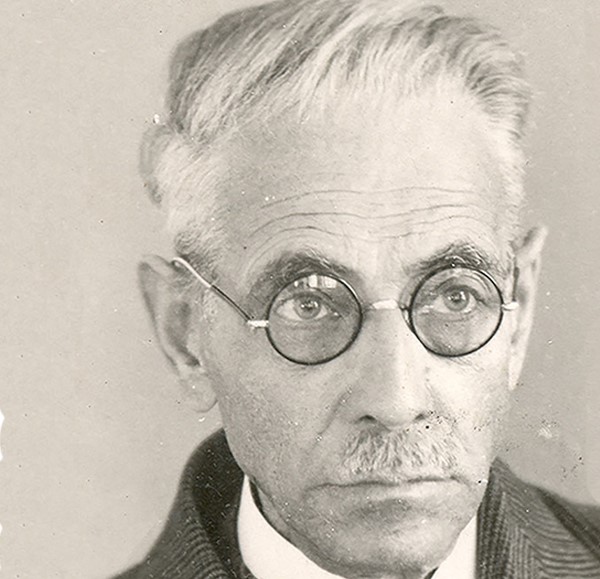
Login
NEW CUSTOMERS
By creating an account with our store, you will be able to move through the checkout process faster, store multiple shipping addresses, view and track your orders in your account and more.
CREATE AN ACCOUNTSEARCH
Shopping cart
Josef Hoffmann (*1870 in Pirnitz, Moravia, † 1956 in Vienna) is a pioneer architect and designer who shaped early twentieth century Viennese Modernism like no other9
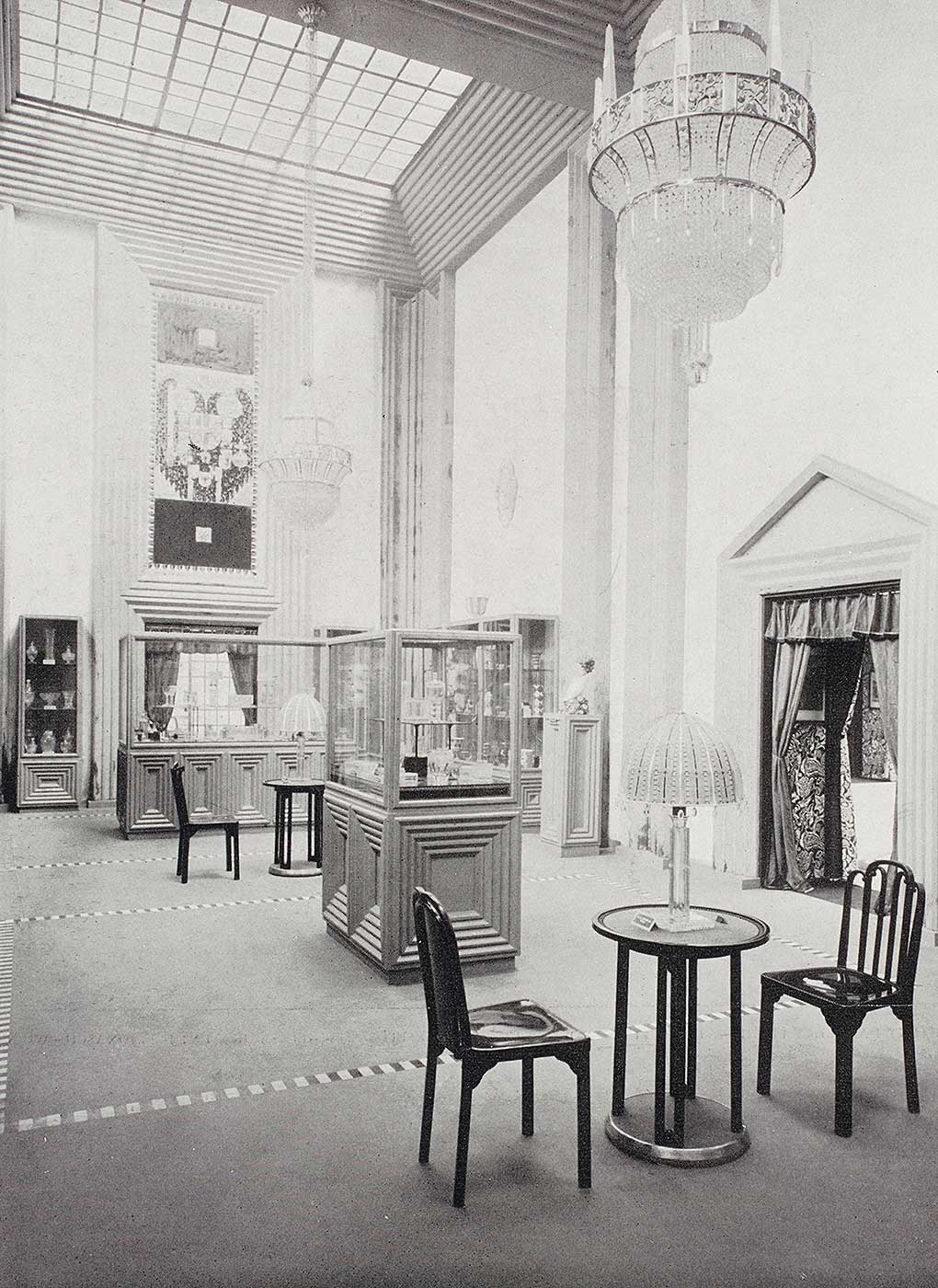
Hoffmann saw craftsmanship as a crucial aspect in bringing his Gesamtkunstwerk to life. Many of his countless designs were produced by the Wiener Werkstätte, or by manufacturers such as Lobmeyr and Backhausen.
At the height of the Wiener Werkstätte, Hoffmann contacted Stefan Rath about implementing highly geometric designs in glass, the results of which were then presented at the 1914 Werkbund exhibition in Cologne. At the time, Rath was searching for a new line for Lobmeyr’s collection. Hoffmann and other Wiener Werkstätte members made the perfect partners for this purpose thanks to their excellent craftsmanship, radical design standards, and focus on customer experience and use. Two magnificent iron chandeliers were also made for Cologne, in which the crystal reflects and scatters the light.
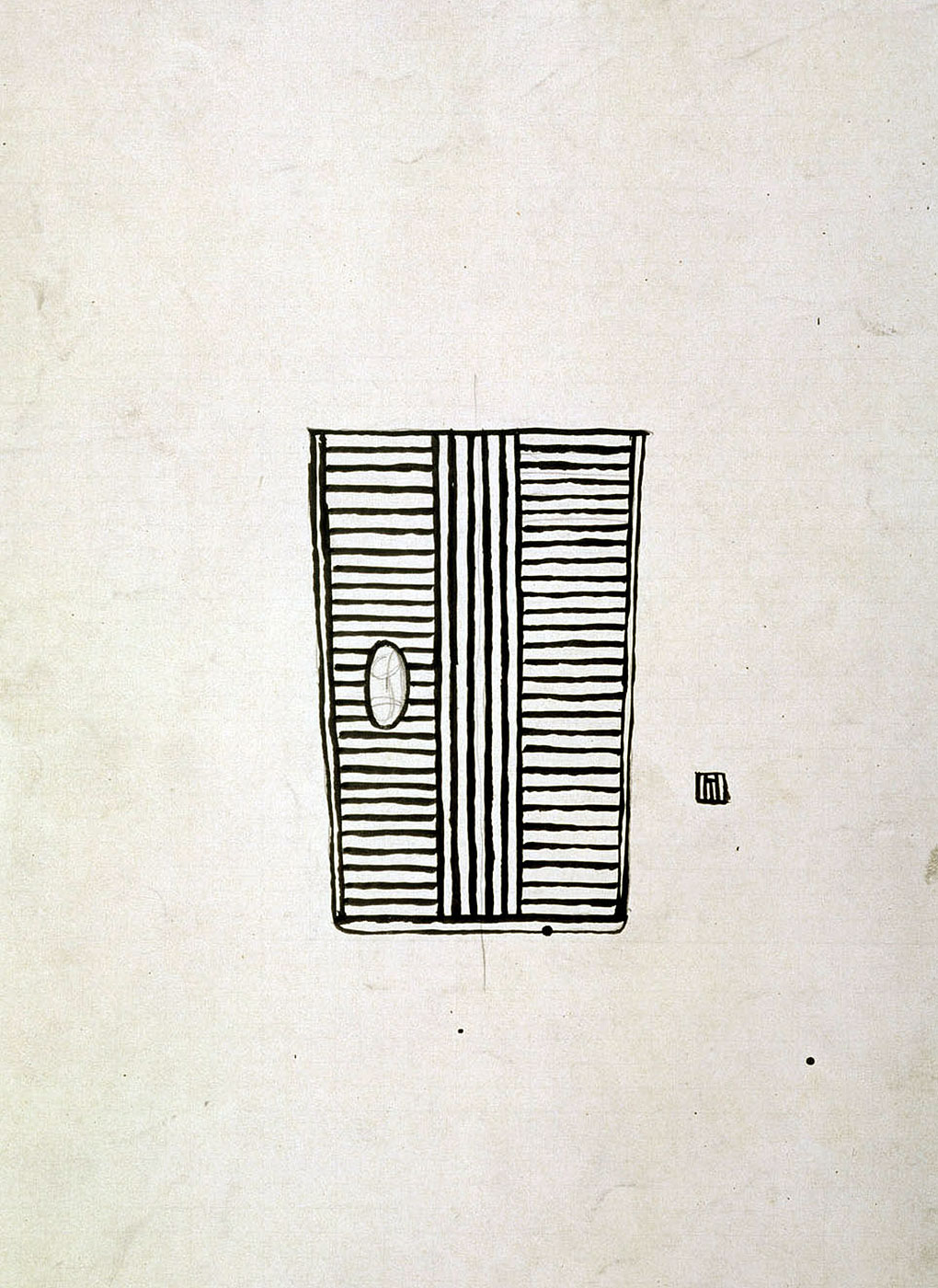
Like many other talents at the turn of the century, Hoffmann came from the crownlands of the Austro-Hungarian monarchy to Vienna, where he studied at the Academy of Fine Arts. It is said that he was Otto Wagner’s favourite student. As a young architect in Vienna, he played a leading role in virtually all important developments of the era: His drive to change the status quo led him to co-found the Secession in 1897 and the Wiener Werkstätte in 1903, where the goal was to break away from the from stale reinterpretations of Classicism and develop a new style. As early as 1899, not even 30 years old, Hoffman was appointed professor at the Vienna Kunstgewerbeschule. Many of his building designs have entered the annals of architectural history, including the Sanatorium Purkersdorf (1904), Palais Stoclet (1911) in Brussels, Villa Skywa-Primavesi, several municipal buildings, and various exhibitions that shaped a movement. Josef Hoffmann is among the most important of Austrian architects, and his work has been honoured with numerous awards in Austria and around the world.
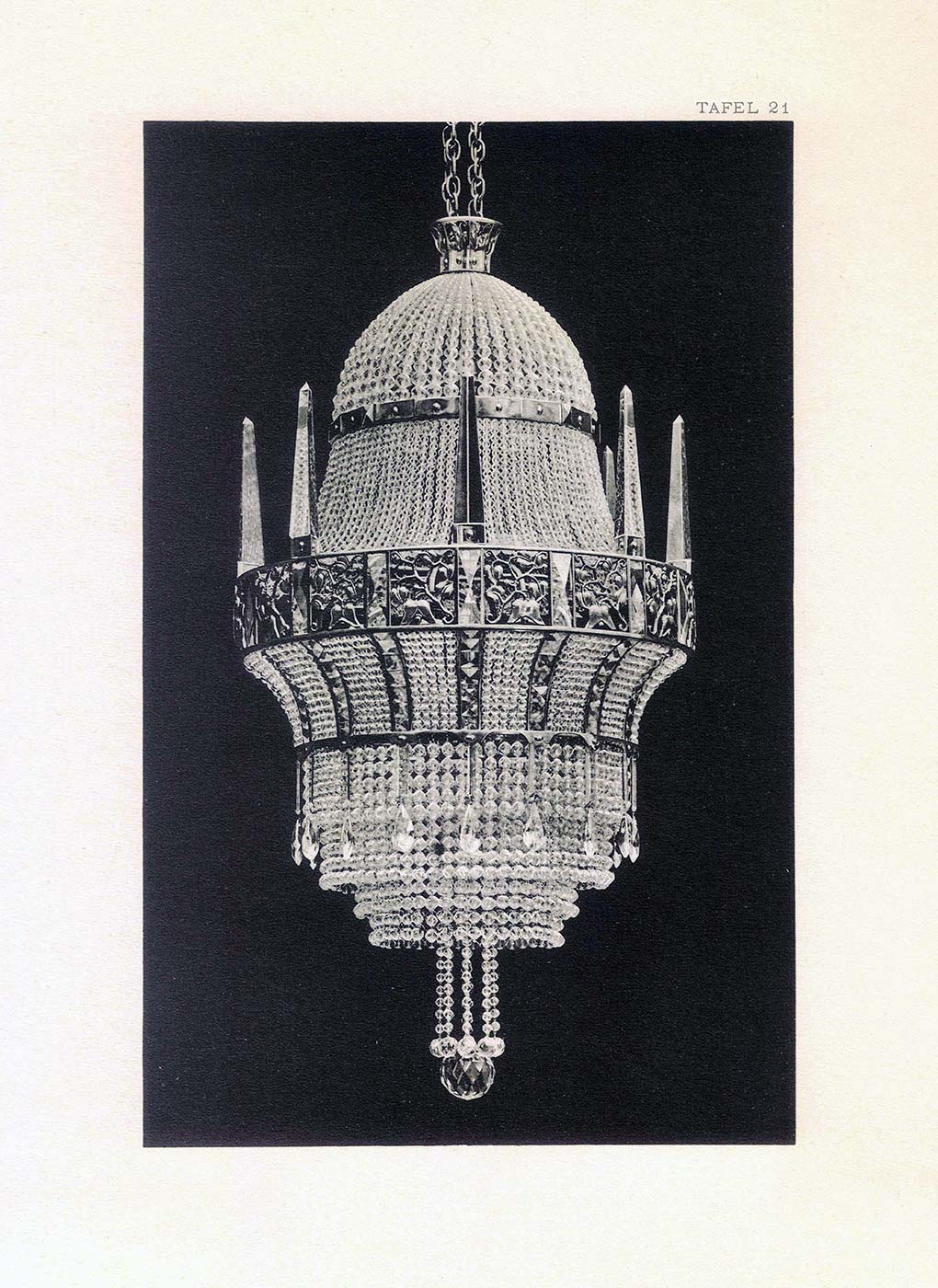
Josef Hoffman’s “Patrician” series picks up on the delicacy and absence of ornamentation of Drinking Set No. 4 from the 1850s, starting a trend in 1917 that has had a lasting influence on modern wine glasses. This clarity, which expresses its sophistication not through decoration but through the form itself, later culminated with Haerdtl’s round candy dish and the Ambassador Service at the 1925 Exposition Internationale des Arts Décoratifs et Industriels Modernes in Paris. It is wonderful to observe how Hoffmann increasingly comes to appreciate the complexity and idiosyncrasy of the material glass, while nonetheless challenging its limits again and again. Brussels, Villa Skywa-Primavesi, several municipal buildings, and various exhibitions that shaped a movement. Josef Hoffmann is among the most important of Austrian architects, and his work has been honoured with numerous awards in Austria and around the world.
PRODUCTS DESIGNED BY Josef Hoffmann
PRODUCTS DESIGNED BY Josef Hoffmann
STORIES
STORIES

